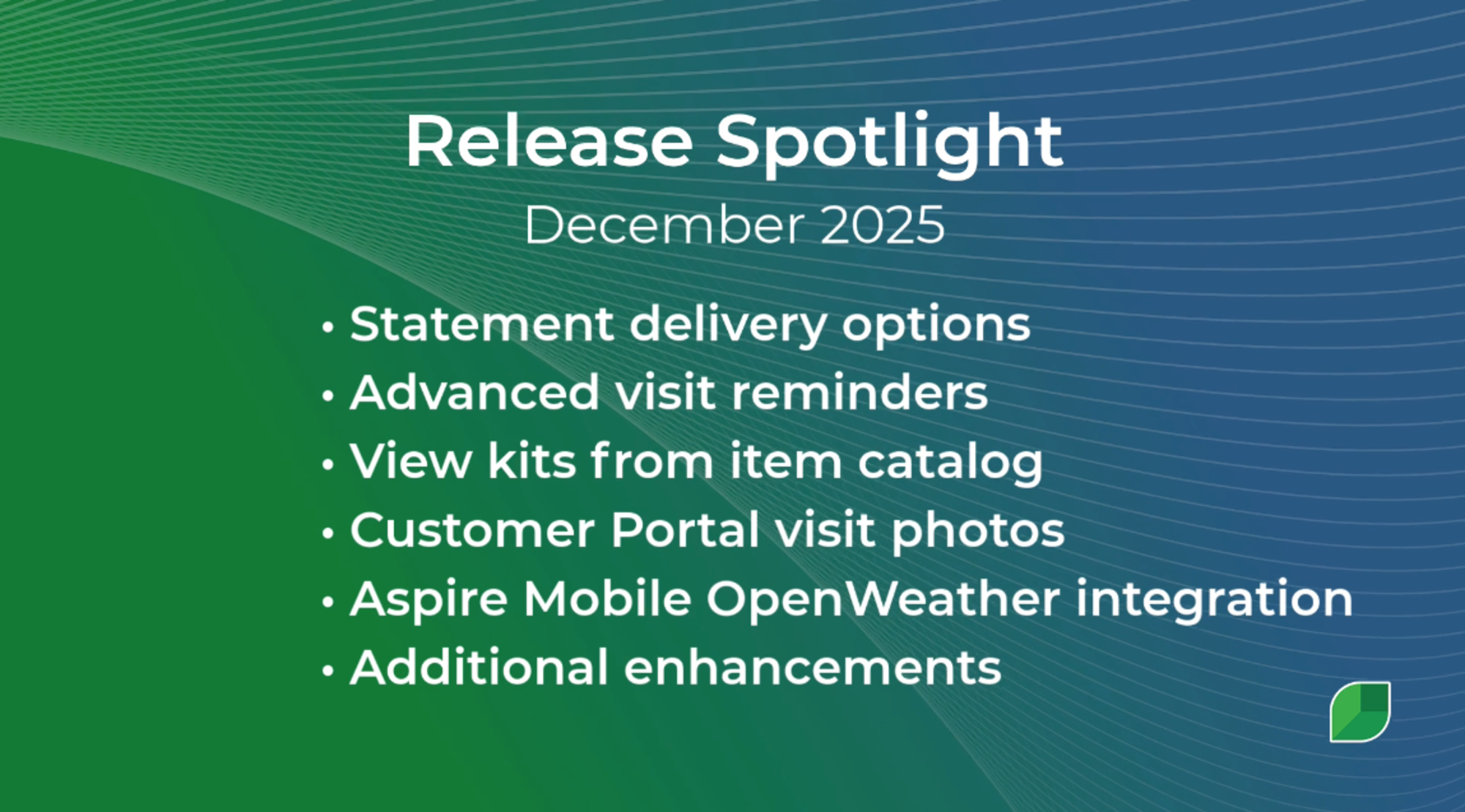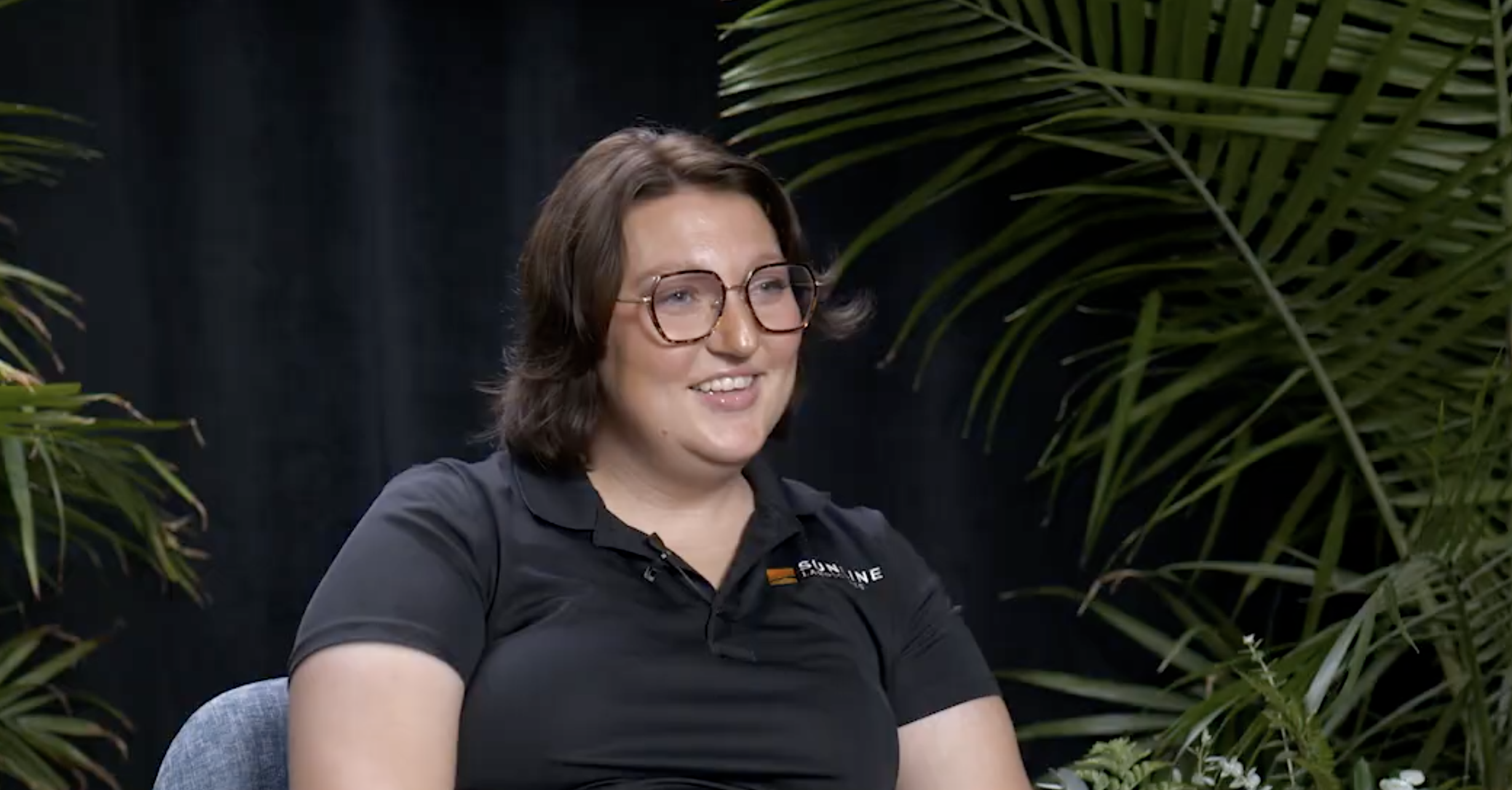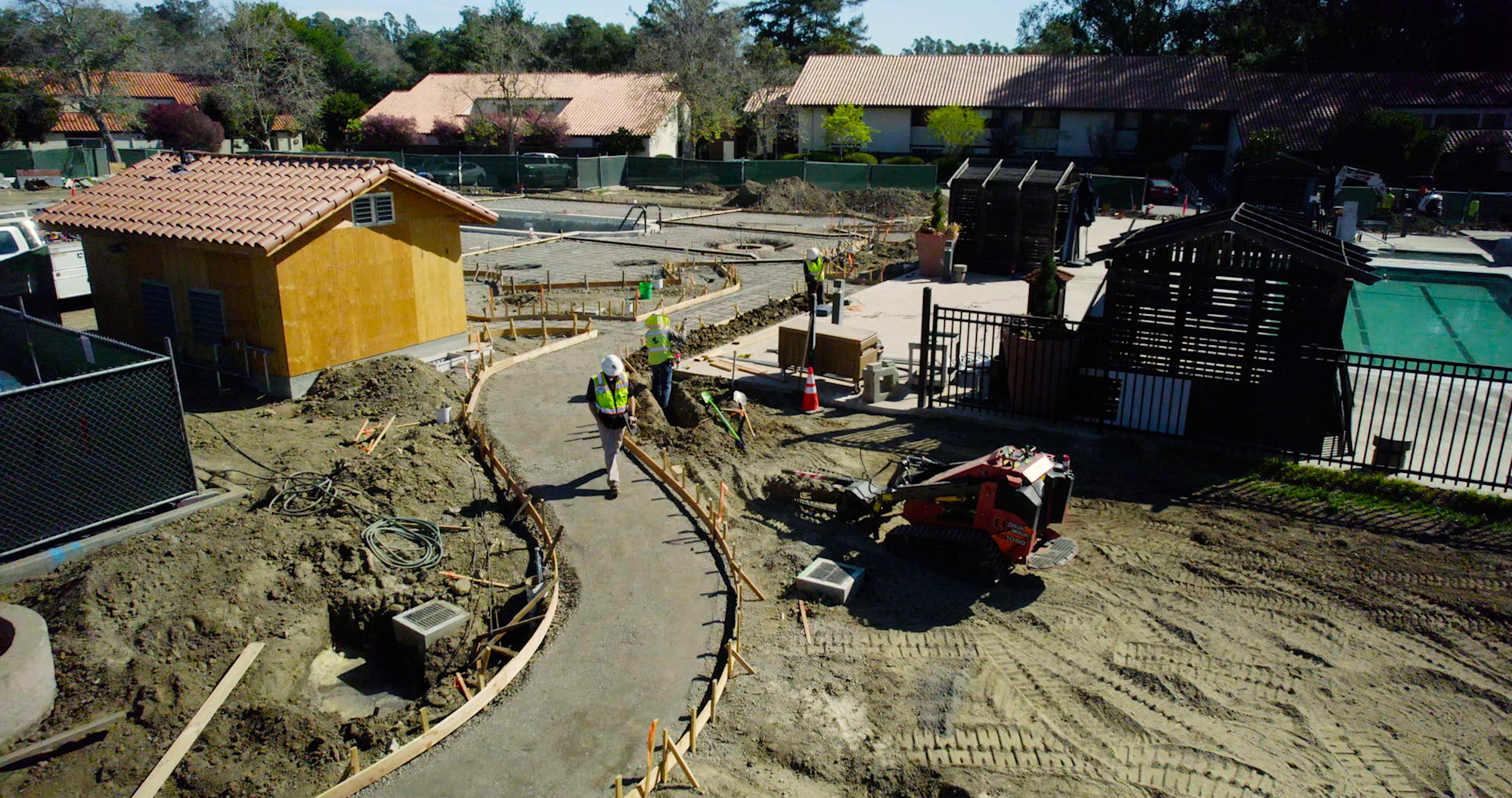Understanding Your Organization
A successful organization is really a team of teams working towards a common goal. Whether you're a company manufacturing products or maintaining beautiful landscapes, this principle remains constant. Incentives are powerful tools for boosting productivity, and they extend far beyond just money to include recognition, growth opportunities, and purpose.
The Reality of Rolling Out Incentives
“Incentives are hard to implement. When rolling out the first production operational bonus program, it took about 18 months to get it right,” says Seth Pflum, President & COO of Grunder Landscaping. The first commission plans also required 18 months to properly develop. You have to weigh all the different options and ensure the financials work.
The key is balancing intrinsic versus extrinsic motivation:
Intrinsic motivation comes from within, seeing team success, personal growth, and being part of something meaningful
Extrinsic motivation includes external factors like earning money, receiving recognition, and avoiding negative consequences
Aligning Incentives with Growth
When designing incentive programs, start by understanding where your team currently stands from both intrinsic and extrinsic standpoints, then determine where you want to go. Align incentives with personal values while supporting your growth objectives.
For growth-focused companies, Pflum explains, "We want someone who intrinsically likes to be working. They like to see success. They want to be a part of a team that's growing and growing. But they're also motivated by money. So how do you balance all that to create a program? We're still trying to figure it out."

Creating Ownership and Purpose
Effective programs create a sense of ownership and purpose. "We're on a big growth plan," says Pflum. "So commissions are tied to gross profits of contracts and projects. And then on the production side, it's tied to hours of dues and bills and indirect costs."
Types of Effective Incentives
Financial Rewards:
Commissions are truly earned (like salary without a contract)
Bonuses are discretionary rewards for hitting specific objectives
Team-based bonuses when entire teams reach collective goals
Recognition Programs:
Shout-outs for behaviors that drive success
Handwritten notes
Public acknowledgment of achievements
Career Development:
Clear advancement opportunities
Skills training and growth paths
Leadership development programs
Non-Monetary Perks:
Flexible schedules
Extra PTO for top performers
Special privileges for high achievers
Designing Effective Programs
Keep it simple. Team members should easily understand:
What they're doing to affect their own bonus
What they're doing to affect the team bonus
How their efforts connect to company objectives
Tie incentives directly to organizational goals. If your goal is profitable growth, ensure every incentive program supports that objective. For example, requiring the completion of specific billable hours while maintaining quality standards and staying within budget.
The Team Approach
The most successful programs encourage collaboration between sales and production teams. Sales commissions tied to gross profit motivate sellers to work with operations managers, while production bonuses tied to efficient hour utilization encourage quality work that stays on budget.
When both teams understand how their success interconnects, they naturally collaborate to ensure projects are profitable, completed efficiently, and meet quality standards.
Implementation Challenges
Success requires keeping programs simple and clearly communicating how individual actions impact both personal and team rewards. Take time to explain and articulate the program so team members can accept and embrace the changes.
Remember: it's not just about money. Recognition, growth opportunities, and creating a sense of purpose are equally important in building a motivated, high-performing landscape team.








